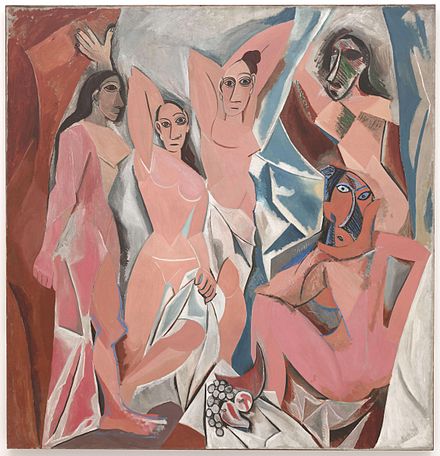You are stylish!
In terms of art, finding and developing your style can be tricky and confusing, kinda like any other aspect of identity. Hopefully, these resources help you out in your artistic journey.
Finding Your Style
Honestly, in order to find your own style, I would recommend practicing all kinds of styles repeatedly until you find your own niche that you like. Your style tends to reveal itself as you learn and experiment. I know this sounds counter intuitive, but experimentation is truly key to developing your own, signature style. In fact, it may be fun and useful to draw one character/scene in multiple styles, trying to create multiple iterations with varying levels of realism. Letting yourself relax and try things out should help you find your own preferences without stress.
Also, don’t be afraid to let yourself just move fluidly between different styles. You don’t have to stick with just one or two (or however many). Limiting yourself just for the sake of trying to stick to one will not help you grow as an artist.
Practing and just enjoying the process of creating art is important too.
See, even picasso changed his mind:


If you are trying to create a series, doing client work, or a single section of a portfolio, you might want to try to draw in a more consistent style. When drawing for yourself on personal projects or learning , go wild!
You could go search through sites like deviantart/behance and try to find artists you like, and then see if that’s what you’d like your art to be influenced by.
This can be a useful exercise, but I do think it’s important to try and let your own style develop. You might find out your style resembles the style of artists you are inspired by, that’s okay! Or it may be super unique, or somewhere in between the extremes, and that’s great too.
Some Style Descriptors
Need a place to start? Here are some words involved in styles you might encounter. Many artists mix and match all across these roughly defined “categories”.
abstract/realistic/surreal/conceptual/impressionistic
energetic/calm/stiff/dynamic
in terms of anatomical/ whatever features: exaggerated/minimized
harsh/bold/minimal/complementary/reserved/detailed/loose line/textured/ smooth/sketchy/ refined
hard edges/soft edges/high contrast/ low contrast
in terms of color scheme: highly saturated, monochrome, limited or expanded color palette, true to life or imaginative color schemes
Or take a look at the classical and historical styles of art at Wikipedia.
Consistency
Once you figured out what kind of style you want to have and are trying to replicate it, now it’s time to work on consistency. (This is only if you want to consistently draw in this way, a lot of artists just jump around and that’s awesome too.)
If you are having problems replicating what you just did, try to keep track of distinct steps. You might even want to record yourself and analyze exactly what you were doing. Some variation is natural, though learning to be able to repeat what you just did can be important. If you are finding it really hard to backtrack your process, try tracing over a few times. That should help train your muscle memory and hand-eye-imagination coordination.

Things to analyze:
Basically, look at the style descriptors but in question form honestly haha.
- certain shapes - some styles are defined by the shapes/rhythms
- colors - monochromatic? color scheme preferences? hot/cold? limited colors? lots of colors? saturated? muted?
- level of realism - are you exaggerating certain features? are you aiming for something more realistic?
- line weight - heavy? medium? light?
- line style - clean or sketchy?
- shading style - there are tons of these. cell shading, hatching, cross hatching, scribbling, scumbling
I don’t think style is something you can develop quickly, and I think being flexible and dynamic will help your art improve in the long run.
Inspiration
There’s a waealth of inspiration out there, from social media to museums full of the works of old masters.
But for fun, here’s some randomly generated inspiration for you.
Thanks to artists on Unsplash, here is a visual inspiration of different styles:






Handpicked Further Reading/Resources:
- HOW TO MAKE YOUR ART LOOK NICE: Developing Style
- Realism, Photorealism, and Style in Drawing - seems to be a perfect article for you to read!
- How to find your artistic style another perspective by Adrienn
- Artist Guides to: digital art, traditional art , and photography
- Art Fundamentals: color theory, anatomy, perspective
Hope this helps you!
